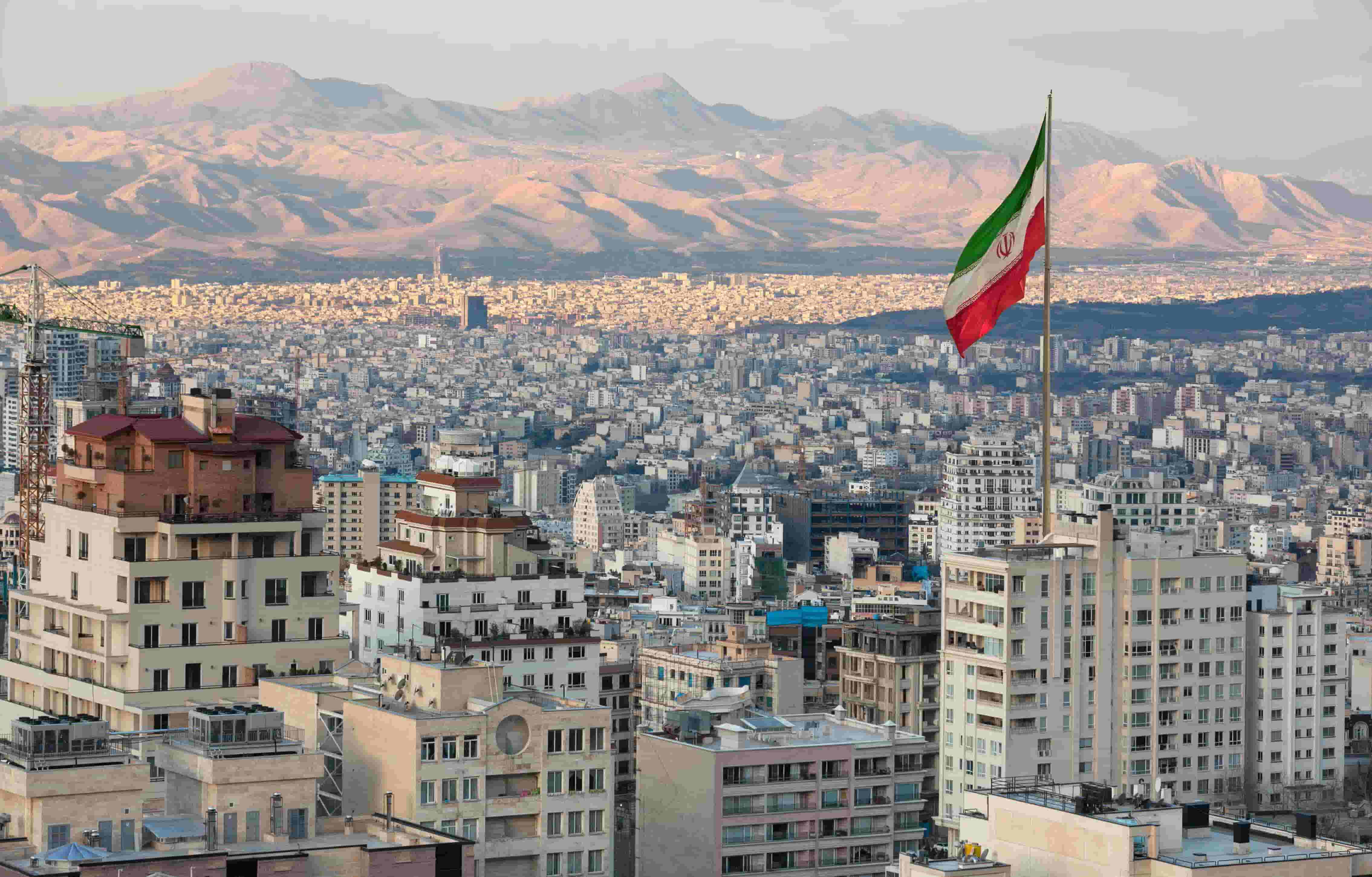
Why have tensions with Iran persisted for so long? The answer lies in a complex web of historical events, political maneuvers, and cultural clashes. From the 1953 CIA-backed coup that ousted Iran's Prime Minister Mossadegh to the 1979 Islamic Revolution, each event has added layers of mistrust. The hostage crisis, nuclear ambitions, and regional power struggles have only deepened the divide. Understanding these historical facts helps explain why diplomatic relations remain strained. This blog post will walk you through 20 key moments that have shaped the ongoing tensions, providing a clearer picture of this intricate relationship.
Early Tensions and Conflicts
The relationship between Iran and other nations, particularly Western countries, has been fraught with tension for decades. Here are some key historical facts that highlight these conflicts.
-
1953 Coup: The CIA and British intelligence orchestrated a coup to overthrow Iran's democratically elected Prime Minister, Mohammad Mossadegh, reinstating the Shah's power.
-
White Revolution: In 1963, the Shah launched the White Revolution, a series of reforms aimed at modernizing Iran. This move angered many traditionalists and clerics.
-
Islamic Revolution: In 1979, the Shah was overthrown during the Islamic Revolution, leading to the establishment of the Islamic Republic under Ayatollah Khomeini.
-
Hostage Crisis: Later in 1979, Iranian students seized the U.S. Embassy in Tehran, holding 52 American diplomats and citizens hostage for 444 days.
Iran-Iraq War
The Iran-Iraq War, which lasted from 1980 to 1988, was a significant conflict that further strained Iran's relations with the West and its neighbors.
-
Invasion by Iraq: Saddam Hussein's Iraq invaded Iran in 1980, aiming to seize control of the oil-rich Khuzestan region.
-
Chemical Weapons: Iraq used chemical weapons against Iranian forces and civilians, leading to international condemnation.
-
U.S. Involvement: The United States provided intelligence and support to Iraq during the war, further souring relations with Iran.
-
Ceasefire: The war ended in 1988 with a UN-brokered ceasefire, but no formal peace treaty was ever signed.
Nuclear Program and Sanctions
Iran's nuclear program has been a major point of contention, leading to international sanctions and diplomatic efforts to curb its development.
-
Nuclear Ambitions: Iran's nuclear program began in the 1950s with U.S. assistance but became a source of tension after the 1979 revolution.
-
IAEA Inspections: The International Atomic Energy Agency (IAEA) has conducted numerous inspections of Iran's nuclear facilities, often reporting non-compliance.
-
Sanctions: The UN, U.S., and EU have imposed multiple rounds of sanctions on Iran, targeting its economy and nuclear program.
-
JCPOA: In 2015, Iran agreed to the Joint Comprehensive Plan of Action (JCPOA), limiting its nuclear activities in exchange for sanctions relief.
Recent Developments
In recent years, tensions have continued to escalate, with incidents and policies that have kept the spotlight on Iran.
-
U.S. Withdrawal from JCPOA: In 2018, President Trump withdrew the U.S. from the JCPOA, reinstating harsh sanctions on Iran.
-
Soleimani Assassination: In 2020, a U.S. drone strike killed Iranian General Qasem Soleimani, escalating tensions and leading to Iranian missile attacks on U.S. bases in Iraq.
-
Oil Tanker Attacks: Several oil tankers in the Gulf of Oman were attacked in 2019, with the U.S. blaming Iran, which denied involvement.
-
Downing of Ukrainian Flight: In 2020, Iran accidentally shot down a Ukrainian passenger plane, killing all 176 people on board, amid heightened military tensions.
Cultural and Social Impact
The ongoing tensions have had significant cultural and social impacts on both Iran and the international community.
-
Diaspora: Many Iranians have emigrated, forming a significant diaspora, particularly in the United States and Europe.
-
Media Representation: Western media often portrays Iran in a negative light, focusing on its government rather than its rich culture and history.
-
Human Rights: International organizations frequently criticize Iran for human rights abuses, including the treatment of political dissidents and minorities.
-
Economic Hardships: Sanctions have led to economic difficulties for ordinary Iranians, affecting their quality of life and access to essential goods.
Reflecting on Iran's Historical Tensions
Understanding Iran's historical tensions helps us grasp the complexities of today's geopolitical landscape. From the 1953 coup to the Iran-Iraq War, these events have shaped Iran's policies and its relations with other nations. The 1979 Islamic Revolution marked a significant shift, leading to strained relations with the United States and other Western countries. The nuclear program has been a focal point of international concern, resulting in sanctions and diplomatic efforts to curb Iran's ambitions.
These historical facts highlight the persistent challenges and the resilience of the Iranian people. They also underscore the importance of diplomacy and dialogue in resolving conflicts. By learning from the past, we can better navigate the future and work towards a more peaceful and stable world. Understanding these tensions is crucial for anyone interested in global politics and history.
Was this page helpful?
Our commitment to delivering trustworthy and engaging content is at the heart of what we do. Each fact on our site is contributed by real users like you, bringing a wealth of diverse insights and information. To ensure the highest standards of accuracy and reliability, our dedicated editors meticulously review each submission. This process guarantees that the facts we share are not only fascinating but also credible. Trust in our commitment to quality and authenticity as you explore and learn with us.
